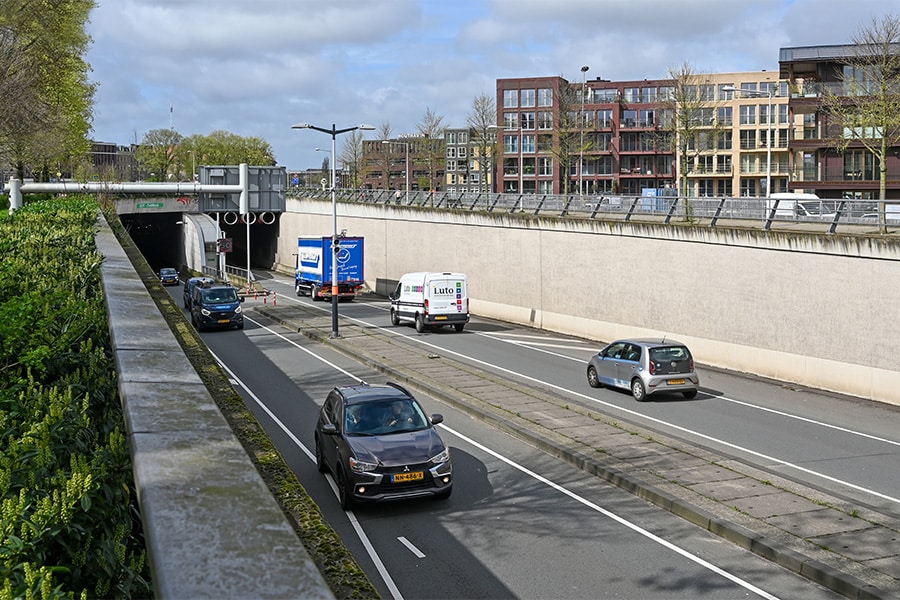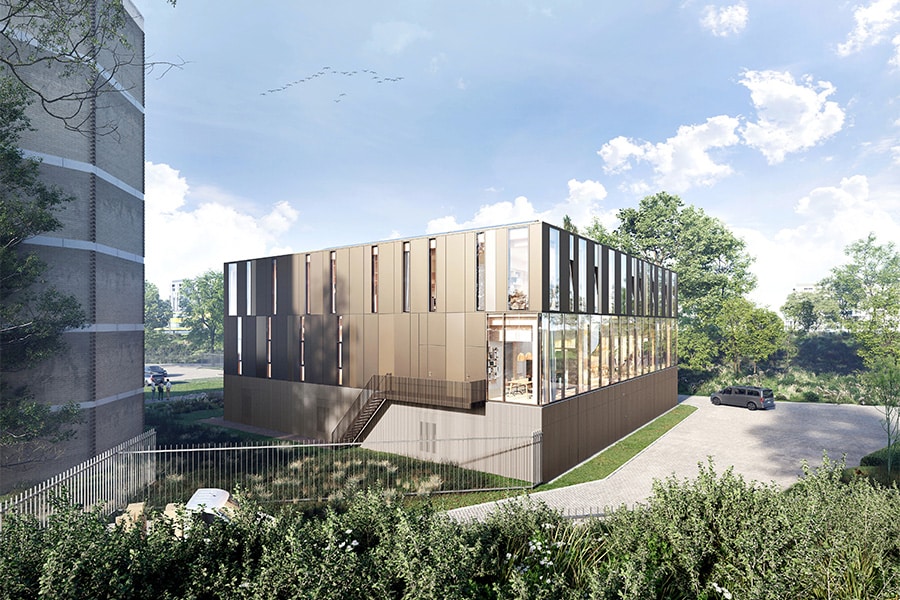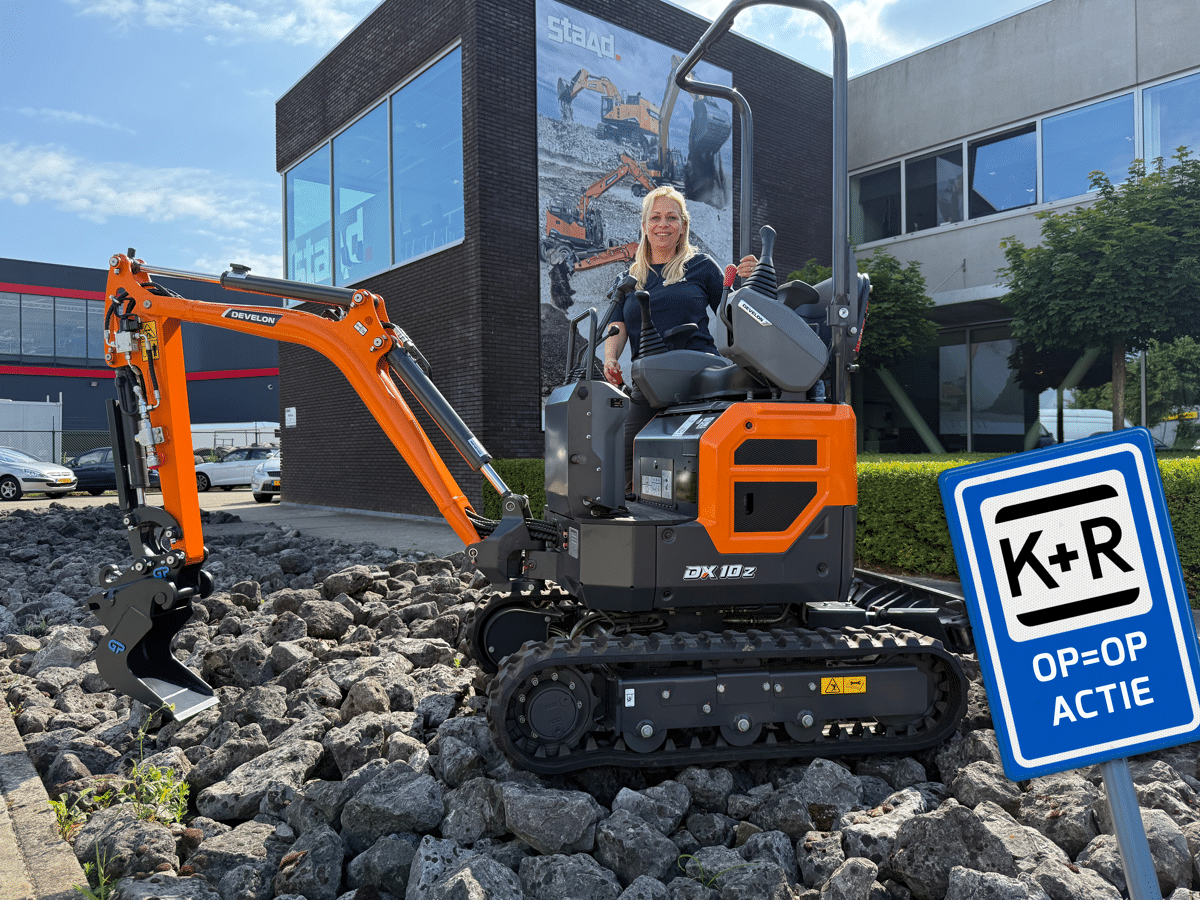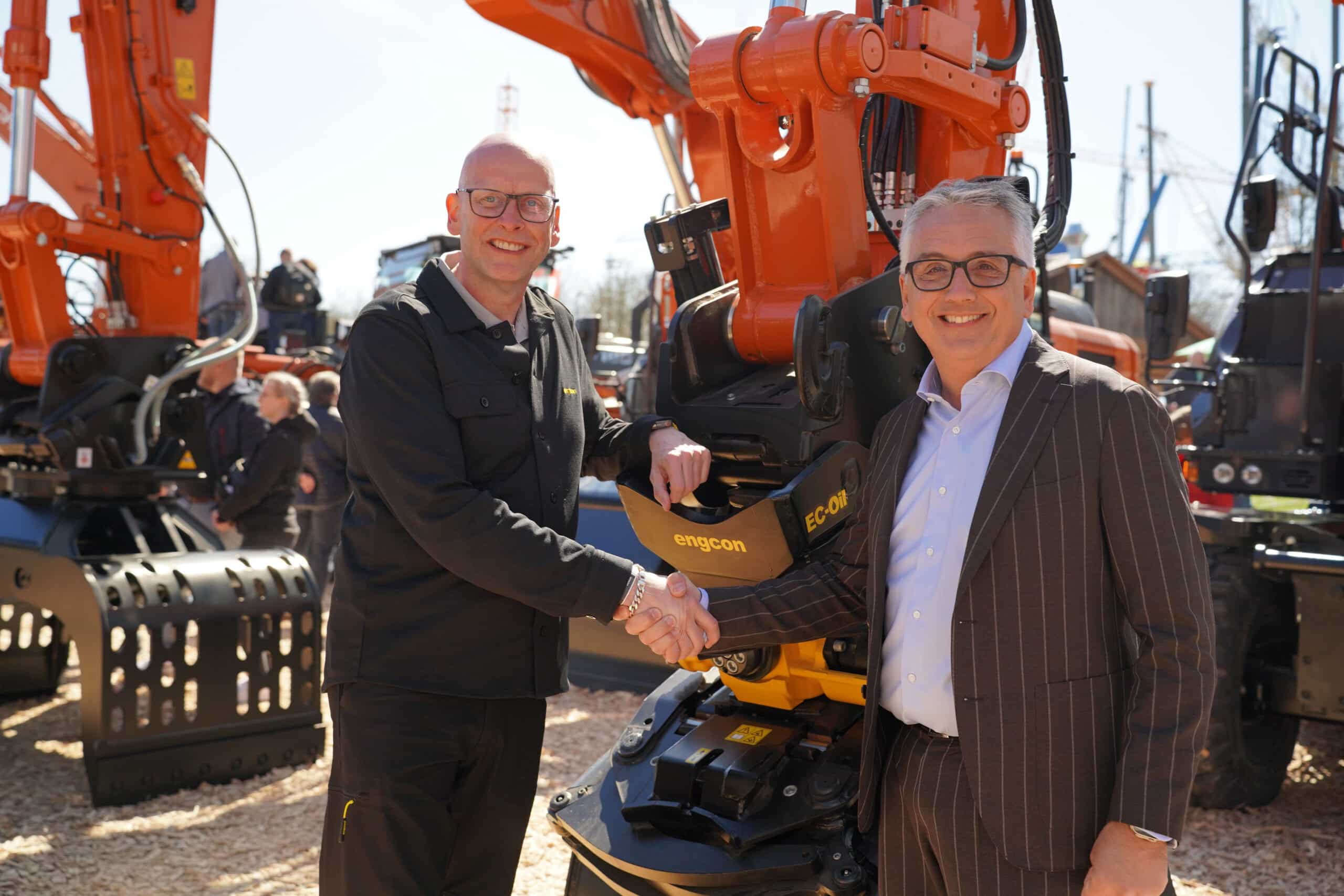
Amsterdam tunnels connected to new traffic control center
A new traffic control center is under construction in Amsterdam. The existing control center from 1968 no longer meets the requirements and cannot facilitate future developments in the current building. To continue operating and monitoring the Amsterdam city tunnels from the new control center, data exchange must take place via a standardized interface. Commissioned by the City of Amsterdam, INNOCY is working on two of the existing tunnels so that they will soon be able to communicate with the new control center.
The existing traffic control center atop the IJ Tunnel on Dijksgracht has grown organically from the commissioning of the IJ Tunnel in 1968, begins Daan Seesing, project manager for the City of Amsterdam. "By now, the five municipal tunnels are operated from the control center and the flow of Amsterdam's road network is monitored 24/7. However, this traffic control center has outgrown its capacity considerably, thus hindering future developments. A new traffic center is therefore being built, but the task is much broader than simply erecting a new building. The underlying technology is primarily ICT and forms a complex interplay between systems and users. The project has therefore been divided into three sub-projects."

Blueprint
Construction of the new power plant is one. "That is now in full swing and is expected to be completed by mid-2025," says Daan. "The second sub-project is building the functional systems. This includes all the technology that makes the building a traffic control center, such as the ICT, hardware and software. The system design of the renovated Piet Hein tunnel forms the blueprint for this. The third subproject involves connecting the Michiel de Ruijter Tunnel and the Spaarndammertunnel via the new standardized interface, so that they too will soon communicate in the same way with the new control center and can be operated and monitored from here without error. A single contractor has been contracted for the construction of the building, the implementation of the functional systems we as the municipality are realizing together with alliance partners, while INNOCY is fulfilling the project management of third sub-project."
Extensive network
For the required modifications to the tunnels, we chose to involve market parties in the design process at an early stage, and that at the same time makes it complex, says Ramon van Gils, project manager at INNOCY. "For both tunnels, we chose to design everything in-house up to and including the Preliminary Design. We also emphatically brought construction knowledge on board as early as possible, for example by involving the maintenance contractor in the design process. For the Spaarndammertunnel we chose to do the design in a construction team context." Daan adds: "The documentation for both tunnels did not always give a 100% picture of the actual situation. By involving market knowledge at an early stage, you also lower the risk profile of the project. That is also INNOCY's strength: they have solid knowledge and years of experience, as well as an excellent network in which they can call in ICT Group's experts if necessary. That is very valuable in such a complex project."
Bringing risks forward
The adjustments to the Michiel de Ruijter Tunnel are mainly network adjustments. For the Spaarndammertunnel, the modifications are more radical. For example, the entire audio and video chain will be replaced, the network will be renewed and the controls will be modified. "We are touching everything except the components in the tunnel tubes themselves," says Ramon. "Implementing new software in an existing tunnel with as little disruption to traffic and the city as possible adds complexity. We therefore build the new systems completely in parallel, test them in the test center and then go to the tunnel where we switch over at night and test again. Only then do we really switch over. So we remove as many risks as possible and consider the whole chain from component to lectern for correct operation."
The renovation of the Piet Hein tunnel ensured that the system chains were optimized for communication with the new traffic control center. Soon this will also apply to the modified Michiel de Ruijter Tunnel and the Spaarndammertunnel. The modifications to the other two tunnels are so large that they will first have to wait for a thorough renovation or major maintenance before they can be connected to the new traffic center via the uniform interface.



